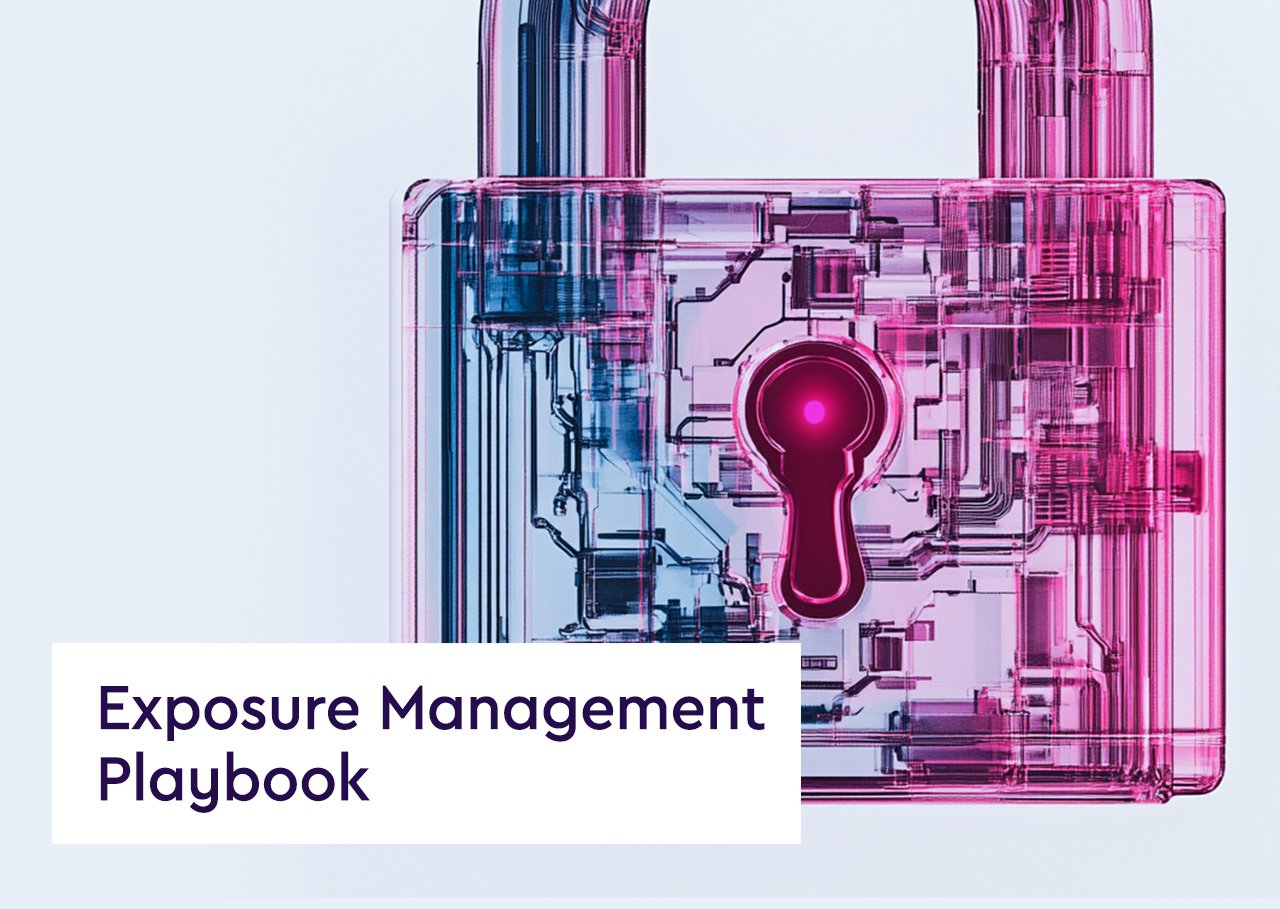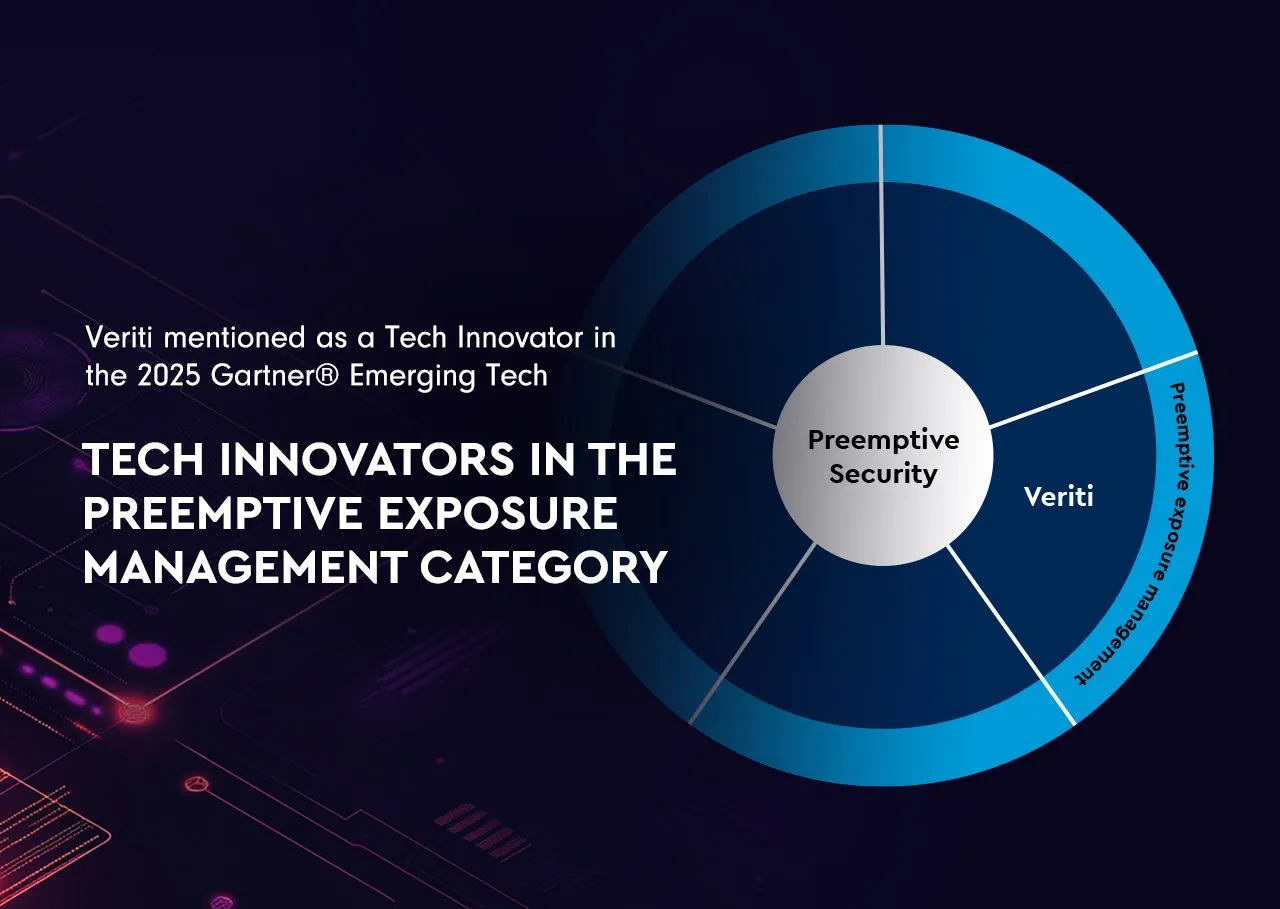Veriti’s latest research identifies key false positive triggers in cloud environments, their underlying causes, and their impact on businesses. By understanding these issues, security teams can refine their defenses and reduce unnecessary alerts without compromising protection.
Two Main Causes of False Positives in Cybersecurity Protections
Brute Force and Protocol-Based False Positives
False positives often stem from the misidentification of normal network behavior as malicious activity. Veriti research highlights two key protocol based categories that frequently trigger false alerts.
SMB Protocol: A Common Cloud Misclassification
The Server Message Block (SMB) protocol is a standard for sharing files, printers, and serial ports within networks. Many organizations use SMB within their cloud environments for internal backups and data transfers. However, when security solutions are configured to monitor internal-to-internal traffic for potential lateral movement attacks, SMB activity is often mistakenly flagged as an intrusion attempt.
This misclassification leads to unnecessary security alerts, operational slowdowns, and, in some cases, restrictions on legitimate internal processes. As a result, organizations face challenges in maintaining efficient cloud workflows while keeping their environments secure.
LDAP Protocol: SSO Enforcement and False Positives
The Lightweight Directory Access Protocol (LDAP) plays a critical role in Single Sign-On (SSO) authentication, ensuring secure and centralized identity management. Enterprises rely on LDAP to grant seamless access to multiple applications and resources.
However, stringent security policies can misinterpret LDAP authentication requests as potential attacks, leading to incorrect blocking of legitimate users. This disrupts business operations and frustrates employees who depend on SSO for efficient access to cloud applications.
Denial-of-Service (DoS) Related False Positives
Denial-of-service (DoS) attacks are a major security concern, but overzealous security solutions often misidentify routine activities as threats, causing disruptions.
Slow HTTP Denial of Service: When Business Traffic Gets Flagged
A Slow HTTP attack is a DoS method where an attacker sends incomplete HTTP requests at an extremely slow pace, forcing a web server to keep resources occupied until all connections are exhausted.
While protection against DoS attacks is critical, Veriti’s research finds that many security solutions rely on static heuristics that do not adapt to individual organizations. This results in legitimate slow HTTP transactions being flagged as malicious activity.
In multiple cases, Veriti observed business-critical web applications being incorrectly classified as sources of DoS attacks, leading to unnecessary disruptions. These misclassifications highlight the need for customized security baselines that distinguish real threats from routine traffic.
DNS Disruptions Due to False Positives
Domain Name System (DNS) services are the backbone of the internet, enabling seamless communication by translating human-readable domain names into machine-friendly IP addresses.
Such misclassifications can have a cascading effect on cloud services, leading to downtime, performance degradation, and operational inefficiencies. Organizations must ensure their security controls do not unintentionally block essential DNS functions.
Organizations should adopt behavioral baselines, machine learning-driven anomaly detection, and customizable security policies to reduce false positives while maintaining defenses. By refining security measures and leveraging adaptive threat detection, businesses can strike the right balance between protection and operational continuity in their cloud environments.




